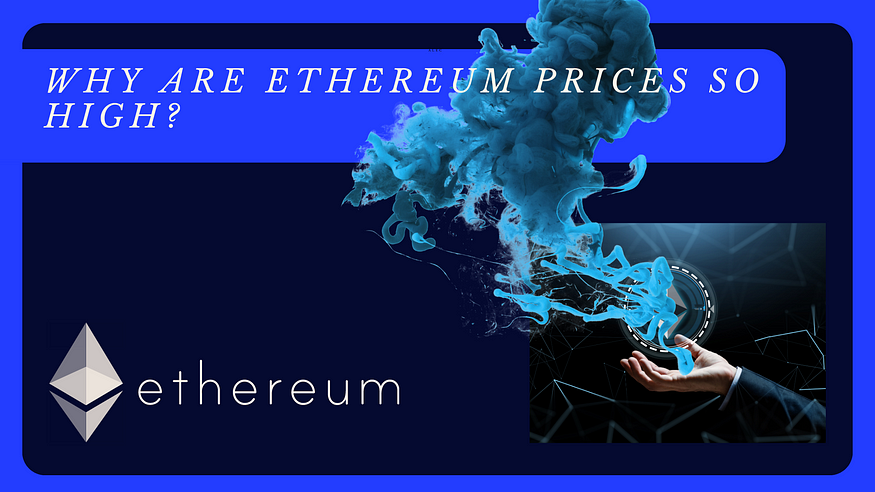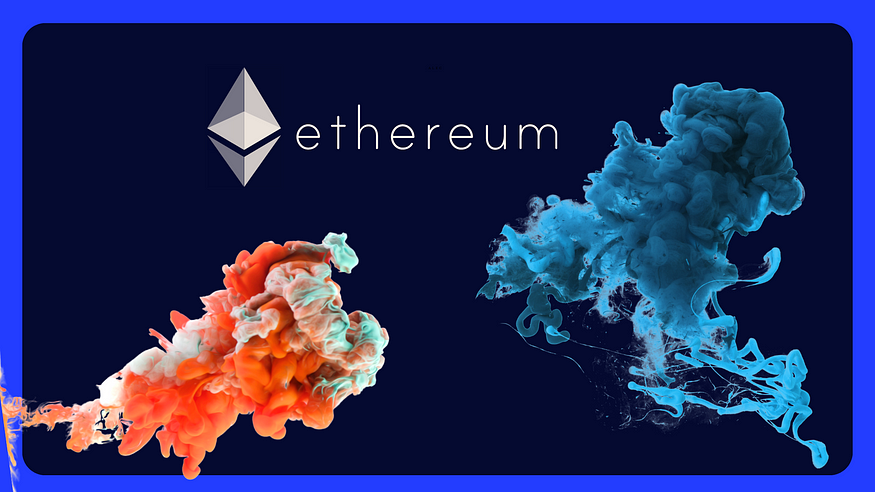What causes the rise in Ethereum gas price?

Introduction:
Gas prices play a vital role in the Ethereum ecosystem, impacting both users and miners. Understanding their significance is crucial for navigating the network efficiently. In this blog post, we will delve into gas prices, exploring their determination, impact on network performance and security, and relevance to Ethereum users and miners. Join us as we unravel the complexities and shed light on the intriguing world of gas prices.
Why are Ethereum prices so high?
The ETH gas prices are so high because of the congestion in the network and the gas guzzlers. Gas guzzlers are applications that consume a lot of gas1. Gas is the fee that users pay to execute transactions on the Ethereum network, and it depends on the gas limit and the gas price per unit. The gas limit is the maximum amount of gas that a transaction can consume, and the gas price per unit is the amount of ether the user is willing to pay for each gas unit.
The congestion in the network is caused by the high demand for Ethereum transactions, which exceeds the limited supply of gas. Each block on Ethereum has a fixed amount of gas that can be used, and there is a limited number of blocks that can be produced per minute. Therefore, when there are more transactions than the network can handle, users have to compete for the available block space by bidding higher gas prices23.
Gas guzzlers are applications that require a lot of gas to perform complex operations, such as smart contracts or decentralized applications. Some examples of gas guzzlers are Uniswap, Tether, and CryptoKitties. These applications can increase network congestion and drive up gas prices for everyone12.
The high gas prices can affect the performance and security of the network, as well as the user experience and adoption. Users may have to wait longer for their transactions to be confirmed, pay more fees than they expected, or cancel their transactions altogether. This can discourage users from using Ethereum or participating in its ecosystem23.
Can you reduce your gas fees?
There are several ways to reduce your gas fees on Ethereum, depending on your needs and preferences. Here are some of them:
- Time your transactions: Gas fees tend to vary throughout the day or week, depending on the network congestion and demand. You can check the current gas prices and trends on websites like 1 or 2 and try to send your transactions when the gas prices are low. However, this may not be suitable for urgent or time-sensitive transactions.
- Use a layer-2 solution: Layer-2 solutions are platforms that run on top of Ethereum and process transactions off-chain, before settling them on the main chain. This can reduce the load on the Ethereum network and lower the gas fees for users. Some examples of layer-2 solutions are Polygon, Arbitrum, Optimism, and zkSync. However, not all applications or protocols support layer-2 solutions, so you may have to check their compatibility before using them.
- Use other L1 blockchains: If you don’t need to use Ethereum specifically, you can also explore other blockchains that offer lower transaction fees and faster throughput than Ethereum. Some examples of these are Solana, Terra, and Avalanche. However, these blockchains may have different features, security, and adoption than Ethereum, so you may have to weigh the pros and cons before switching.
- Use simulation tools: Simulation tools allow you to estimate the gas fees for your transactions before sending them. This can help you avoid overpaying or underpaying for gas and optimize your transactions accordingly. Some examples of simulation tools are DeFi Saver1 and GasNow2. However, these tools may not be 100% accurate or up-to-date, so you may still have to adjust your gas fees manually.
- Use gas tokens: Gas tokens are tokens that allow you to store gas when the gas prices are low and use it when the gas prices are high. This can help you save money on gas fees in the long run. Some examples of gas tokens are GST2 and CHI. However, gas tokens may have some drawbacks, such as limited availability, regulatory uncertainty, and environmental impact.
Section 1: Impact on ETH Demand
Higher gas prices can dissuade users from executing transactions that require substantial gas, such as intricate smart contracts or decentralized applications. By examining real-world examples and data, we’ll illustrate how these elevated gas prices can discourage certain actions, affecting the overall demand for ETH. Explore with us as we delve into the consequences of higher gas prices on user behavior.
Section 2: Influence on ETH Supply
Discover how higher gas prices incentivize miners to validate more transactions and earn additional ether rewards. Through insightful examples and data, we’ll highlight how this dynamic can impact the supply of ETH in the market. Join us in exploring how gas prices intertwine with miner motivations and the effects on ETH supply.
Section 3: The Interplay Between Gas Prices and ETH Prices
Explore the intricate relationship between gas and ETH prices, driven by network congestion, transaction volume, miner behavior, and market sentiment. Through compelling examples and data, we will reveal how gas prices and ETH prices can move independently or in harmony, depending on various circumstances. Join us on this journey as we uncover the nuanced interactions between gas prices and the value of ETH.
Conclusion:
As we wrap up our exploration of gas prices in Ethereum, we recap the key points discussed. We encourage readers to optimize their gas fees, stay informed about upcoming Ethereum upgrades, and anticipate future trends in gas prices and ETH prices. Share your insights and opinions with us, and together, let’s continue unraveling the fascinating realm of gas prices in Ethereum. How do you foresee gas prices shaping the future of the network? Let us know!
Thanks to







































